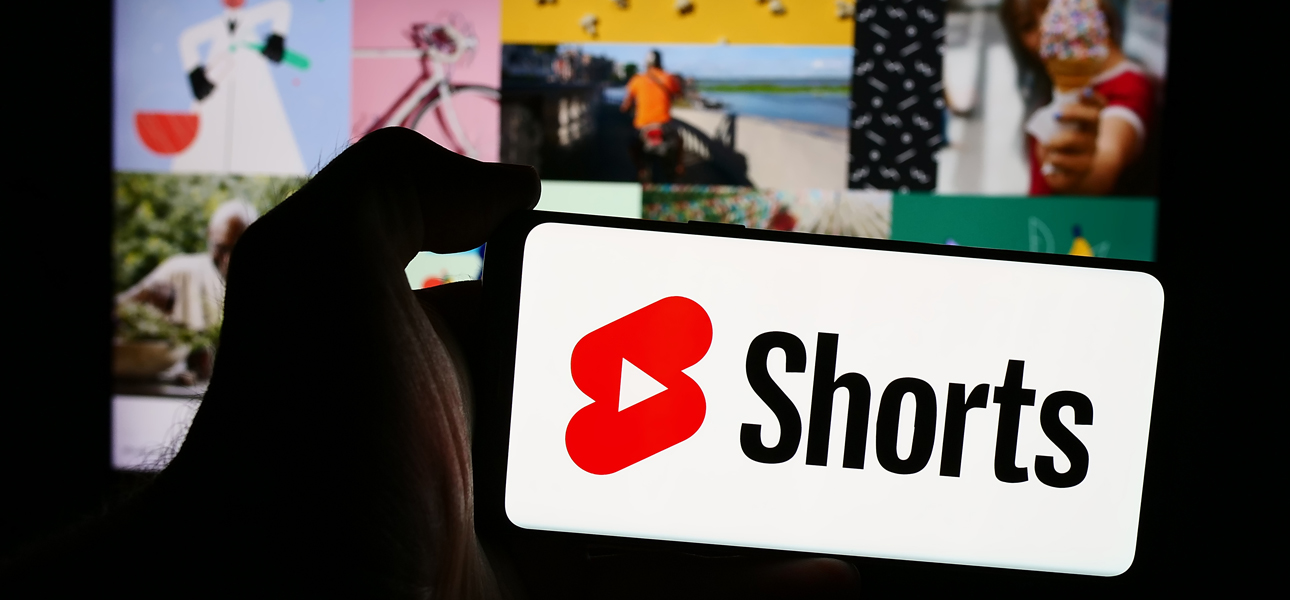
Video is a powerful medium for capturing attention and communicating complex ideas more effectively than text alone. However, choosing the right length for your videos can be challenging. Should you opt for snappy, short-form clips that entertain and inform in seconds, or dive into in-depth, long-form videos that allow for deeper storytelling?
In this post, we’ll dissect the key differences between short-form and long-form video content. We’ll explore the advantages, challenges, and ideal use cases for each format—helping you determine how to best engage your specific audience and meet your marketing objectives.
1. Defining Short-Form Video
Short-form video typically runs anywhere from a few seconds to around 2 minutes in length. This category includes the viral clips you see on platforms like TikTok, Instagram Reels, YouTube Shorts, and Snapchat. The focus is on quick bursts of entertainment, education, or inspiration.
Common Characteristics
- Brevity:Delivers the message fast, making it easier to hold viewers’ fleeting attention.
- Mobile-Friendly: Often consumed on smartphones, with vertical or square aspect ratios.
- Viral Potential: High shareability due to short length and snappy storytelling.
Benefits of Short-Form Video
- High Engagement: Rapid, eye-catching visuals and concise narratives can hook viewers quickly.
- Easy to Produce: Requires fewer resources—often just a smartphone and a good idea.
- Frequent Posting: Shorter videos can be created and published more frequently, maintaining a steady social media presence.
Challenges of Short-Form Video
- Limited Depth: The fast pace can make it difficult to convey complex information or nuanced storytelling.
- Risk of Overlooked Branding:Rapidly scrolling viewers may miss brand messaging if not integrated effectively.
- Platform Constraints: Algorithms and trends shift quickly; content can get lost in the shuffle.

2. Exploring Long-Form Video
Long-form video generally extends beyond the 2-minute mark. This format is common on platforms like YouTube, Vimeo, and certain streaming services. Webinars, product demos, tutorials, interviews, and brand documentaries also fit into this category.
Common Characteristics
- In-Depth Storytelling:Allows for detailed narratives, complex topics, and multi-layered messaging.
- Educational Potential: Ideal for tutorials, webinars, and expert interviews.
- Viewer Commitment: Typically attracts audiences already interested in the subject.
Benefits of Long-Form Video
- Deeper Engagement: Provides ample time to explore topics thoroughly, building trust and credibility.
- Evergreen Content: Well-produced long-form videos can remain relevant and continue attracting viewers for years.
- SEO Advantages: Search engines, including YouTube, often reward longer, high-retention videos with better rankings.
Challenges of Long-Form Video
- High Production Cost: Quality long-form content requires planning, scripting, possibly professional equipment, and editing.
- Audience Drop-Off: If pacing is slow or content is not engaging, viewers may stop watching early.
- Time Investment: Producing (and consuming) longer videos demands more resources and viewer attention.
3. Key Differences at a Glance
Below is a quick comparison to help you see how short-form and long-form videos differ in objectives, audience, and execution.
| Aspect | Short-Form | Long-Form |
|---|---|---|
| Ideal Duration | 15 seconds – 2 minutes | 2 minutes – 60+ minutes |
| Primary Platforms | TikTok, Instagram Reels, YouTube Shorts | YouTube, Vimeo, Webinars, Brand Websites |
| Audience Mindset | Quick consumption, entertainment-driven | Educational or in-depth exploration |
| Production Complexity | Low to moderate | Moderate to high |
| Common Goals | Brand awareness, virality, snackable content | Thought leadership, detailed demos, storytelling |
| Engagement Style | Rapid likes, shares, comments | Longer watch time, deeper discussions |
4. Factors to Consider When Choosing a Video Format
4.1 Brand Objectives
Start with your goal. Is it to spread brand awareness quickly, or to educate an already-interested audience? Short-form videos excel at sparking initial interest, while long-form videos nurture deeper relationships.
4.2 Audience Demographics
Younger audiences may prefer quick, entertaining clips on mobile-centric platforms, whereas professional or technical audiences might appreciate more comprehensive content.
4.3 Budget and Resources
Short-form video production often requires less investment. Conversely, effective long-form videos may need a scriptwriter, advanced editing, higher production values, or subject-matter experts.
4.4 Message Complexity
Complex topics—like software demos or thought leadership discussions—often can’t be fully captured in 30 seconds. Short-form videos might oversimplify important details.
4.5 Platform and Distribution
Different platforms prioritize different formats. TikTok thrives on bite-sized, trendy content, while YouTube or a dedicated webinar platform can accommodate lengthier material.
For more insights on planning a successful video project, refer to our post Video Marketing 101: Building a High-Converting Video Strategy.

5. Use Cases and Examples
5.1 Short-Form Video Use Cases
- Behind-the-Scenes Teasers: Quick updates or sneak peeks into an upcoming product launch.
- Branded Entertainment: Engaging, “viral-worthy” content that subtly integrates your brand message.
- User-Generated Content (UGC): Short customer reviews or testimonials can build trust rapidly.
- Promotional Trailers:Hype up a longer piece of content (like a webinar) with a short teaser.
Example: Social Media Ads
Brands often use 15- to 30-second ads on Instagram or TikTok to capture immediate viewer interest. Snappy music, eye-catching visuals, and a clear call-to-action can lead to quick conversions or sign-ups.
5.2 Long-Form Video Use Cases
- Product Demos and Tutorials: A thorough walkthrough or training session allows viewers to understand features in depth.and message.
- Webinars and Live Streams: Ideal for interactive Q&A and in-depth discussions.
- Documentaries and Brand Stories: Delve into your company’s history, mission, or behind-the-scenes narratives.
- Interviews and Panel Discussions: Thought leadership content with experts can position your brand as an industry authority.
Example: Educational Series
A software company might release a series of 10-minute tutorials on advanced features, attracting users who seek in-depth guidance. The longer format provides enough time to handle complex questions.
6. Blending Short and Long-Form Strategies
Many successful brands combine both video lengths in a single cohesive strategy:
- Teaser Campaigns: Use short-form videos on social media to spark interest, then direct viewers to a long-form video for more details.
- Repurposing Content: Convert a long webinar into bite-sized clips to share on Instagram Reels or TikTok.
- Audience Segmentation: Offer snackable content for casual browsers and extended content for those ready to dive deeper.
- A/B Testing: Test which format resonates more with your audience by tracking watch times, shares, and conversions.
If you’re curious about how AI can assist with both short-form scripting and long-form content planning, check out our post Generating High-Impact Content with AI: Tips, Tools, and Best Practices.

7. Real-World Examples
Red Bull
The energy drink giant uses short-form clips for social media teasers—featuring extreme sports stunts or quick athlete highlights—while also investing in full-length documentaries and event coverage on YouTube.
Sephora
Sephora produces swift, attention-grabbing Reels and TikTok videos showcasing quick makeup tips. However, they also host in-depth tutorials and brand collaborations on YouTube, offering detailed product insights.
HubSpot
HubSpot combines short LinkedIn videos sharing bite-sized marketing tips with longer-form YouTube explainer videos and webinars that delve deeper into marketing automation, sales techniques, and thought leadership.
Conclusion
Choosing between short-form and long-form video content isn’t an either/or decision—it’s about aligning your format with your specific goals, audience, and resources. Short-form clips excel at capturing attention, building quick brand awareness, and providing entertaining bursts of information. Long-form videos, on the other hand, offer an opportunity for deeper storytelling and audience engagement.
By understanding the strengths and limitations of each approach—and possibly blending both—you can craft a well-rounded video strategy that resonates with viewers at every stage of the customer journey.





